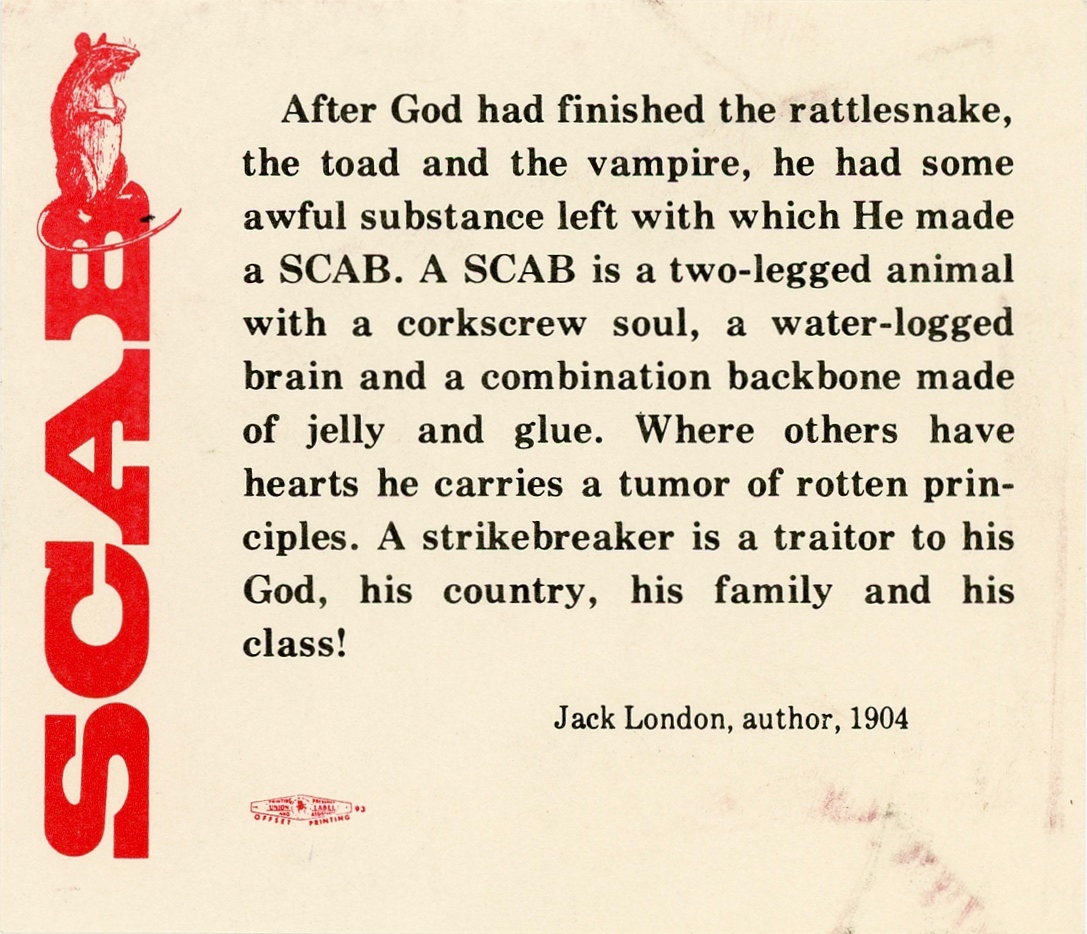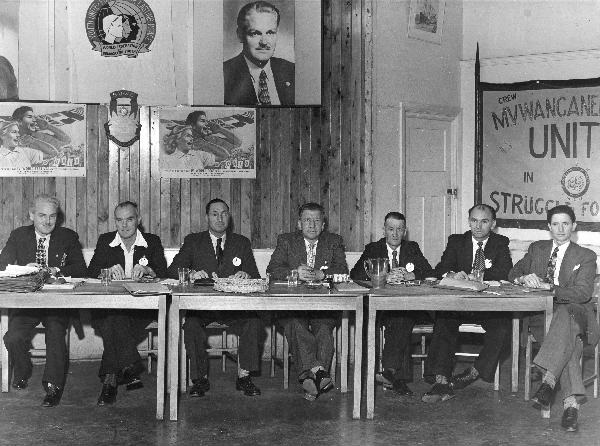|
1925 Australian Federal Election
The 1925 Australian federal election was held in Australia on 14 November 1925. All 75 seats in the Australian House of Representatives, House of Representatives and 22 of the 36 seats in the Australian Senate, Senate were up for election. The incumbent Coalition (Australia), Nationalist–Country coalition, led by Prime Minister Stanley Bruce, defeated the opposition Australian Labor Party, Labor Party led by Matthew Charlton in a landslide. This was the first time any party had won a fourth consecutive federal election. Compulsory voting for federal elections was introduced in 1924 and first used in the 1925 elections, where 91.4% of the electorate cast a vote, compared to 59.4% at the 1922 elections. Background Anti-Labor electoral pact In 1924, Bruce and Page formulated an electoral pact between the Nationalist Party and Country Party, whereby each party agreed not to oppose incumbent candidates from the other party and to co-operate to choose the strongest candidate in sea ... [...More Info...] [...Related Items...] OR: [Wikipedia] [Google] [Baidu] |
Primary Vote
Instant-runoff voting (IRV; ranked-choice voting (RCV), preferential voting, alternative vote) is a single-winner ranked voting election system where Sequential loser method, one or more eliminations are used to simulate Runoff (election), runoff elections. When no candidate has a majority of the votes in the first round of counting, each following round eliminates the candidate with the fewest First-preference votes, first-preferences (among the remaining candidates) and transfers their votes if possible. This continues until one candidate accumulates a majority of the votes still in play. Instant-runoff voting falls under the plurality-based voting-rule family, in that under certain conditions the candidate with the least votes is eliminated, making use of secondary rankings as contingency votes. Thus it is related to the Runoff election, two-round runoff system and the exhaustive ballot. IRV could also be seen as a single-winner equivalent of Single transferable vote, sin ... [...More Info...] [...Related Items...] OR: [Wikipedia] [Google] [Baidu] |
Percy Stewart
Percy Gerald Stewart (18 October 1885 – 15 October 1931) was an Australian politician. He was an original member of the Victorian Farmers' Union and long a radical campaigner for farming interests. He helped bring down Stanley Bruce's government in 1929, but died soon after. Early life Stewart was born in the Melbourne suburb of Footscray, Victoria and educated at Yarraville State School. He worked in Melbourne and western Victoria, including a period as a shepherd, and then went to sea. He gained a master's certificate, but gave up sailing after contracting malaria. He then travelled in Europe and Canada before returning to Australia in 1909. In 1913, he selected a block of land in the Mallee at Carwarp, but later sold it and moved to another farm at Carwarp West. In 1916 Stewart married Edith Catherine Roberts. During World War I, he volunteered three times for military service but was turned down on health grounds. He worked with the Victorian Department of A ... [...More Info...] [...Related Items...] OR: [Wikipedia] [Google] [Baidu] |
1901 Australian Federal Election
The 1901 Australian federal election for the inaugural Parliament of Australia was held in Australia on Friday 29 March and Saturday 30 March 1901. The elections followed Federation and the establishment of the Commonwealth of Australia on 1 January 1901. All 75 seats in the Australian House of Representatives, six of which were uncontested, as well as all 36 seats in the Australian Senate, were up for election. After the initial confusion of the Hopetoun Blunder, the first Prime Minister of Australia, Edmund Barton, went into the inaugural 1901 federal election as the appointed head of a Protectionist Party caretaker government. While the Protectionists came first on seats, they fell short of a majority. The incumbent government remained in office with the parliamentary support of the Labour Party, who held the balance of power, while the Free Trade Party formed the opposition. A few months prior to the 1903 election, Barton resigned to become a founding member of the Hi ... [...More Info...] [...Related Items...] OR: [Wikipedia] [Google] [Baidu] |
Australian House Of Representatives, 1925
Australian(s) may refer to: Australia * Australia, a country * Australians, citizens of the Commonwealth of Australia ** European Australians ** Anglo-Celtic Australians, Australians descended principally from British colonists ** Aboriginal Australians, indigenous peoples of Australia as identified and defined within Australian law * Australia (continent) ** Indigenous Australians * Australian English, the dialect of the English language spoken in Australia * Australian Aboriginal languages * ''The Australian'', a newspaper * Australiana, things of Australian origins Other uses * Australian (horse), a racehorse * Australian, British Columbia, an unincorporated community in Canada See also * The Australian (other) * Australia (other) * * * Austrian (other) Austrian may refer to: * Austrians, someone from Austria or of Austrian descent ** Someone who is considered an Austrian citizen * Austrian German dialect * Something associated with the coun ... [...More Info...] [...Related Items...] OR: [Wikipedia] [Google] [Baidu] |
Cambridge University Press
Cambridge University Press was the university press of the University of Cambridge. Granted a letters patent by King Henry VIII in 1534, it was the oldest university press in the world. Cambridge University Press merged with Cambridge Assessment to form Cambridge University Press and Assessment under Queen Elizabeth II's approval in August 2021. With a global sales presence, publishing hubs, and offices in more than 40 countries, it published over 50,000 titles by authors from over 100 countries. Its publications include more than 420 academic journals, monographs, reference works, school and university textbooks, and English language teaching and learning publications. It also published Bibles, runs a bookshop in Cambridge, sells through Amazon, and has a conference venues business in Cambridge at the Pitt Building and the Sir Geoffrey Cass Sports and Social Centre. It also served as the King's Printer. Cambridge University Press, as part of the University of Cambridge, was a ... [...More Info...] [...Related Items...] OR: [Wikipedia] [Google] [Baidu] |
Bolshevik
The Bolsheviks, led by Vladimir Lenin, were a radical Faction (political), faction of the Marxist Russian Social Democratic Labour Party (RSDLP) which split with the Mensheviks at the 2nd Congress of the Russian Social Democratic Labour Party, Second Party Congress in 1903. The Bolshevik party, formally established in 1912, seized power in Russia in the October Revolution of 1917, and was later renamed the Russian Communist Party, All-Union Communist Party, and ultimately the Communist Party of the Soviet Union. Its ideology, based on Leninism, Leninist and later Marxism–Leninism, Marxist–Leninist principles, became known as Bolshevism. The origin of the RSDLP split was Lenin's support for a smaller party of professional revolutionaries, as opposed to the Menshevik desire for a broad party membership. The influence of the factions fluctuated in the years up to 1912, when the RSDLP formally split in two. The political philosophy of the Bolsheviks was based on the Leninist pr ... [...More Info...] [...Related Items...] OR: [Wikipedia] [Google] [Baidu] |
Red Scare
A Red Scare is a form of moral panic provoked by fear of the rise of left-wing ideologies in a society, especially communism and socialism. Historically, red scares have led to mass political persecution, scapegoating, and the ousting of those in government positions who have had connections with left-wing movements. The name is derived from the Red flag (politics), red flag, a common symbol of communism and socialism. The term is most often used to refer to two periods in the history of the United States which are referred to by this name. The First Red Scare, which occurred immediately after World War I, revolved around a perceived threat from the American labor movement, anarchist revolution, and political radicalism that followed revolutionary socialist movements in German revolution of 1918–1919, Germany and October Revolution, Russia during the 19th and early 20th centuries. The Second Red Scare, which occurred immediately after World War II, was preoccupied with the ... [...More Info...] [...Related Items...] OR: [Wikipedia] [Google] [Baidu] |
Strikebreakers
A strikebreaker (sometimes pejoratively called a scab, blackleg, bootlicker, blackguard or knobstick) is a person who works despite an ongoing strike. Strikebreakers may be current employees ( union members or not), or new hires to keep the organization running (hired after or during the strike). In continuing to work, or taking jobs at a workplace under current strike, strikebreakers are said to "cross picket lines". Some countries have passed laws outlawing strikebreakers to give more power to trade unions, while other countries have passed right-to-work laws which protect strikebreakers. International law Freedom of association The freedom of association enshrined in Universal Declaration of Human Rights Article 20 protects both peaceful association and not being "compelled to belong to an association". Right to strike The right to strike is well-established in international law. In particular, the 1966 International Covenant on Economic, Social and Cultural Rights estab ... [...More Info...] [...Related Items...] OR: [Wikipedia] [Google] [Baidu] |
Seamen's Union Of Australia
The Seamen's Union of Australia (SUA) was the principal trade union for merchant seamen in Australia from 1876 to 1991. The SUA developed a reputation as one of the most militant trade unions in Australia and was closely associated with the Communist Party of Australia, communist movement in Australia. The SUA merged in 1993 with the Waterside Workers' Federation to become the Maritime Union of Australia (MUA). History Background Australian seamen were forerunners of maritime trade unionism. Efforts to form trade unions amongst merchant seamen trading out of Australian ports can be traced back to 1874, with the formation of the Sydney Seamen's Union and Melbourne Seamen's Union. The trade unions of this period inspired, among others, J. Havelock Wilson of the British National Union of Seamen, who served on Australian coasting vessels for a period in the late 1870s. By 1890, a number of these unions had come together to form a loose federation called the Federated Seamen's Un ... [...More Info...] [...Related Items...] OR: [Wikipedia] [Google] [Baidu] |
Commonwealth Court Of Conciliation And Arbitration
The Commonwealth Court of Conciliation and Arbitration was an Australian court that operated from 1904 to 1956 with jurisdiction to hear and arbitrate interstate industrial disputes, and to make awards. It also had the judicial functions of interpreting and enforcing awards and hearing other criminal and civil cases relating to industrial relations law. The Court was declared invalid by the High Court of Australia in the '' Boilermakers' case'',. and was replaced by two bodies: the Commonwealth Conciliation and Arbitration Commission and the Commonwealth Industrial Court. History The Court was created in 1904 by the '' Commonwealth Conciliation and Arbitration Act 1904'',. an Act of the Parliament of Australia. The Court was initially less important than the various State industrial conciliation commissions, which had jurisdiction over all disputes which occurred within their respective states. The Court's workload was so low that it made only six awards in the first five y ... [...More Info...] [...Related Items...] OR: [Wikipedia] [Google] [Baidu] |
Law And Order (politics)
In modern politics, "law and order" is an ideological approach focusing on harsher enforcement and penalties as ways to reduce crime. Penalties for perpetrators of disorder may include longer terms of imprisonment, mandatory sentencing, three-strikes laws and even capital punishment in some countries. Supporters of "law and order" argue that harsh punishment is the most effective means of crime prevention. Opponents argue that a system of harsh criminal punishment is ultimately ineffective because it self-perpetuates crime and does not address underlying or systemic causes of crime. They furthermore credit it with facilitating greater militarisation of police and contributing to mass incarceration in the United States. Despite the widespread popularity of "law and order" ideas and approaches between the 1960s to the 1980s exemplified by presidential candidates including Richard Nixon and Ronald Reagan running successfully on a "tough-on-crime" platform, statistics on crime ... [...More Info...] [...Related Items...] OR: [Wikipedia] [Google] [Baidu] |




